Medical molds, due to their direct contact with human tissues or involvement in the manufacturing of medical devices, impose extremely stringent requirements on the biocompatibility, corrosion resistance, polishability, and machining accuracy of mold steel. This article systematically analyzes the logic of mold steel selection for medical molds from three dimensions: material properties, processing requirements, and cost-effectiveness, in combination with typical application scenarios in the medical industry.
I. Core Requirements for Medical Molds: A Dual Challenge of Safety and Performance
Medical molds are used in multiple fields, including implant molding, surgical instrument manufacturing, and diagnostic equipment component processing. Their material selection must meet the following core requirements:
-
Biocompatibility: Molds directly in contact with human tissues (such as those for orthopedic implant molding) must avoid the release of metal ions that could trigger allergies or inflammation.
-
Corrosion Resistance: Medical devices are often exposed to body fluids or disinfection environments, so the mold material must possess chemical corrosion resistance.
-
High-Precision Machining: The molding of microscopic surgical instruments, endoscopic components, and other tiny parts requires the mold to have mirror polishing capabilities.
-
Compatibility with Sterile Production: The mold surface must be easy to clean to prevent microbial growth.
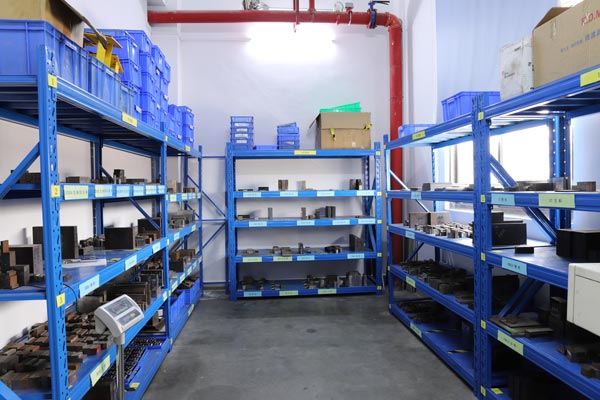
II. Selection Logic for Medical Mold Steel: Classified Guidance Based on Application Scenarios
(A) Implant Molding Molds: Balancing Biocompatibility and Corrosion Resistance
Typical Applications: Molding of artificial joints, dental implants, fracture fixation plates, etc.
Material Selection Principles:
-
Martensitic Stainless Steel: Such as 4Cr13 and S136. Through quenching treatment (HRC50-56), they achieve a balance between high hardness and corrosion resistance. With 12%-14% chromium content, 4Cr13 forms a dense oxide film in body fluid environments, effectively inhibiting corrosion.
-
Precipitation-Hardened Stainless Steel: Such as 17-4PH (00Cr17Ni4Cu4Nb). Through aging treatment, it obtains ultra-high strength (σb≈1400-1850MPa), suitable for molds of high-load-bearing implants.
-
Titanium Alloy-Adapted Molds: When producing titanium alloy implants, the mold material must avoid metal adhesion with titanium. DC53 cold work die steel (HRC58-62) with surface coating treatment can reduce friction.
Case: An artificial hip joint manufacturer used 4Cr13 mold steel to produce cobalt-chromium alloy femoral heads. Through vacuum quenching, the mold life was increased to 200,000 cycles, and the product surface roughness reached Ra0.2μm, meeting international standards for orthopedic implants.
(B) Diagnostic Equipment Component Molds: Combining High Precision and Corrosion Resistance
Typical Applications: Molding of CT scanner detector housings, ultrasound probes, endoscopic catheters, etc.
Material Selection Principles:
-
Pre-hardened Plastic Mold Steel: Such as 718 (P20+Ni type) and NAK80. In the pre-hardened state (HRC30-35), they can be directly machined, avoiding deformation from heat treatment, and are suitable for optical mirror-finished parts.
-
Corrosion-Resistant Mirror Steel: S136H (pre-hardened state HRC32-36) has excellent corrosion resistance in chlorine-containing disinfectant solutions. After polishing, it can achieve Class A mirror finish (Ra<0.05μm), used for molding endoscopic lens holders.
-
High-Purity Stainless Steel: 316L (022Cr17Ni12Mo2) contains 2%-3% molybdenum, enhancing its pitting corrosion resistance. It is suitable for molds of non-magnetic components in MRI equipment.
Case: An ultrasound equipment manufacturer used NAK80 mold to produce high-frequency probe housings. Through slow-speed wire electrical discharge machining, it achieved a precision of 0.01mm, with a mold life of 500,000 cycles and a product qualification rate increased to 99.5%.
(C) Surgical Instrument Molds: Synergizing Wear Resistance and Toughness
Typical Applications: Cold stamping molds for laparoscopic forceps, orthopedic drills, microscopic surgical scissors, etc.
Material Selection Principles:
-
High-Toughness Cold Work Steel: DC53 (HRC58-62) maintains high hardness while having 30% higher toughness than D2, suitable for punching stainless steel instruments.
-
Powder High-Speed Steel: ASP-23 (HRC62-64) has uniformly distributed carbides, providing excellent chipping resistance. It is used for molds of tiny parts (such as 0.3mm diameter needles).
-
Surface Treatment Enhancement: TD treatment (vanadium carbide coating) on Cr12MoV molds can increase the surface hardness to HV3000, significantly reducing stainless steel material adhesion.
Case: A minimally invasive instrument enterprise used ASP-23 powder high-speed steel to produce laparoscopic grasping forceps molds. By optimizing the heat treatment process (1020℃ quenching + 560℃ triple tempering), the mold life was increased from 80,000 cycles to 250,000 cycles, reducing the unit cost by 40%.
III. Decision-Making Framework for Material Selection: A Closed-Loop Path from Requirements to Solutions
-
Clarify Application Scenarios: Distinguish between categories such as implants, diagnostic equipment, and surgical instruments to determine the priority of biocompatibility, corrosion resistance, and precision levels.
-
Quantify Performance Indicators: Set threshold values for parameters such as hardness (HRC), surface roughness (Ra), and corrosion resistance (salt spray test duration) based on product requirements.
-
Cost-Effectiveness Analysis: Compare the cost-performance ratio of imported materials (such as Swedish 8407) and domestic materials (such as 4Cr13), and select the optimal solution based on production volume.
-
Process Adaptability Verification: Conduct trial molding tests to verify the compatibility of the material with processing techniques (such as electrical discharge machining and slow-speed wire cutting) to avoid cracking or deformation risks.
IV. Industry Trends and Technological Frontiers
-
Biodegradable Material Molds: With the development of absorbable implants, magnesium alloy molding molds require high-temperature oxidation resistance. Currently, H13 hot work die steel with special coatings is used.
-
3D-Printed Molds: Metal 3D printing technology can manufacture molds with complex conformal cooling channels, reducing the injection molding cycle by more than 20%. Material selection is extending to high thermal conductivity (such as copper alloys).
-
Intelligent Material Selection Systems: AI-based material databases can match mold operating conditions with material properties in real time. For example, the "Used by Three Fortune 500 Companies" case of Yuhui Mold Steel optimizes the material selection process through big data.
The selection of mold steel for medical molds is an intersection of materials science, engineering design, and clinical requirements. By precisely matching application scenarios with material properties and combining advanced processing techniques and quality control measures, enterprises can achieve dual optimization of medical product safety and production efficiency while controlling costs.
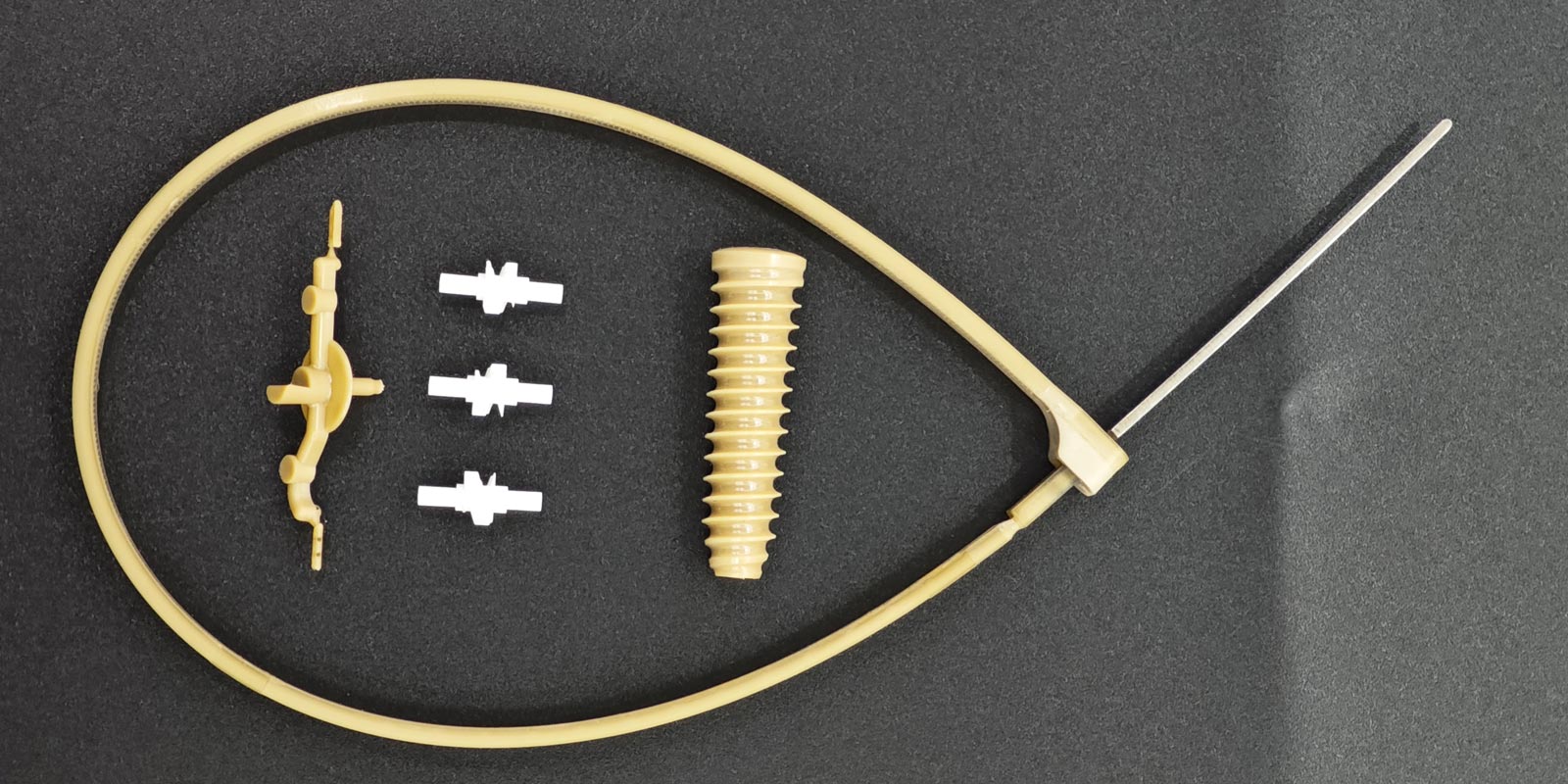
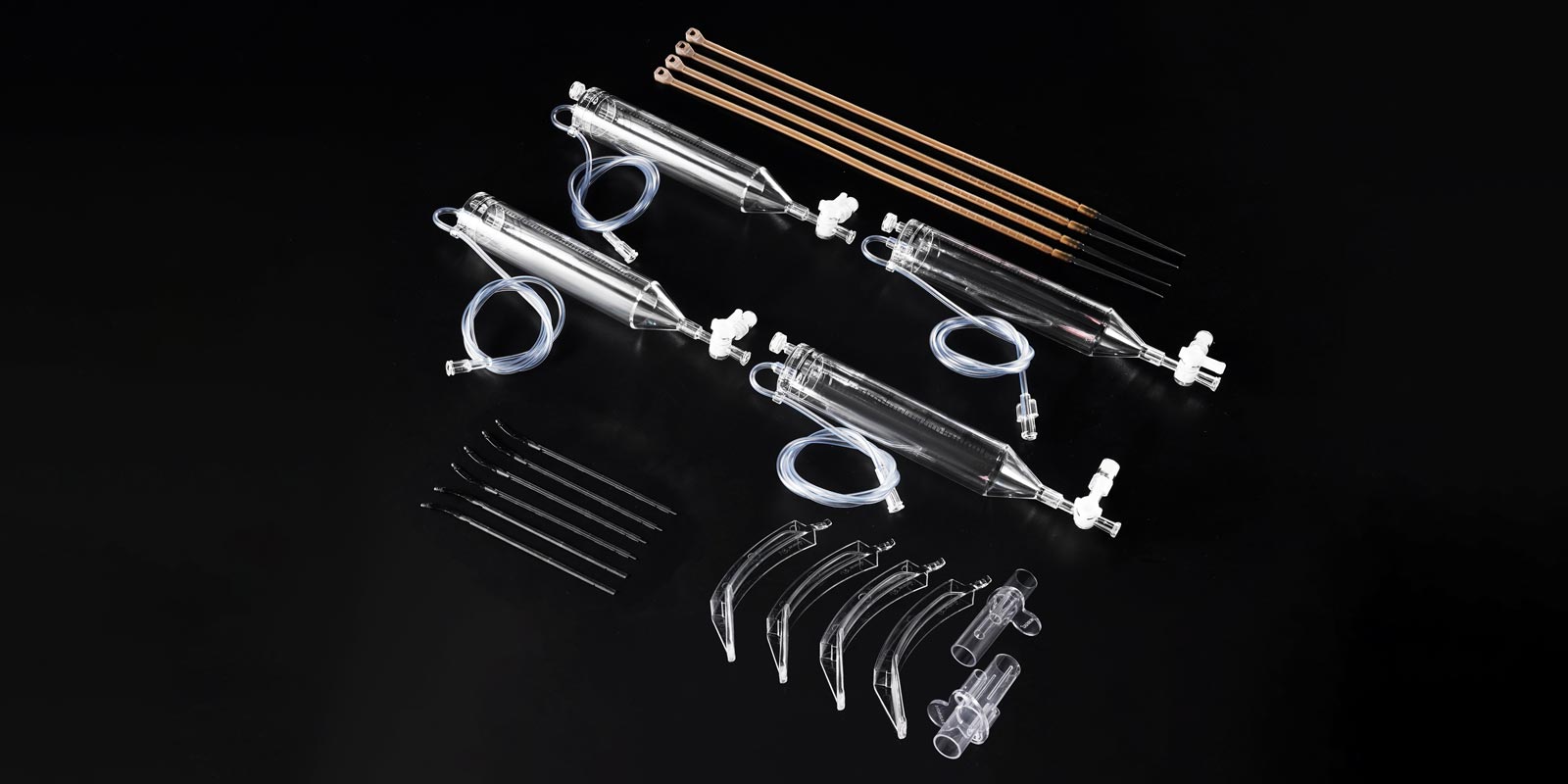
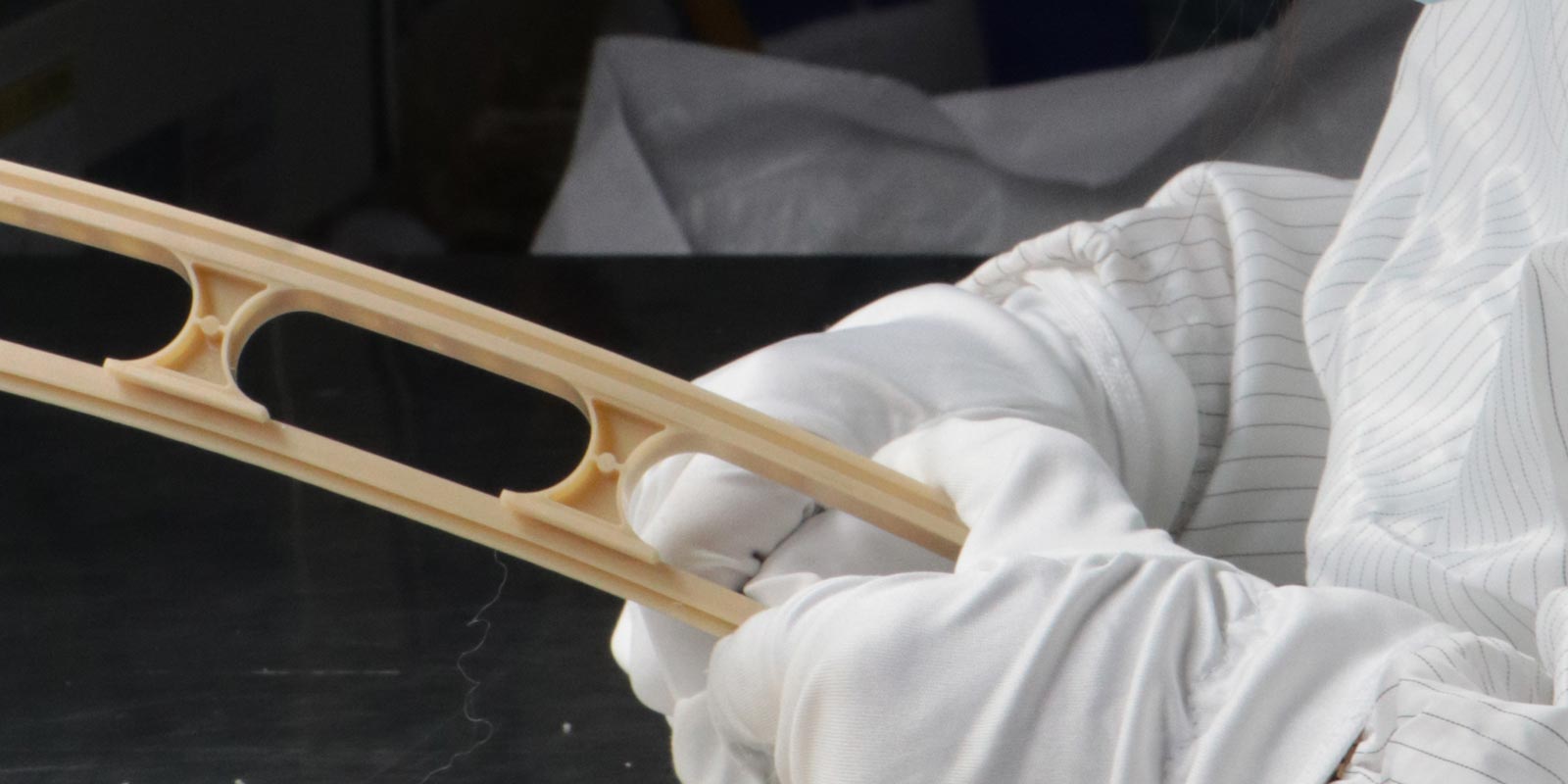
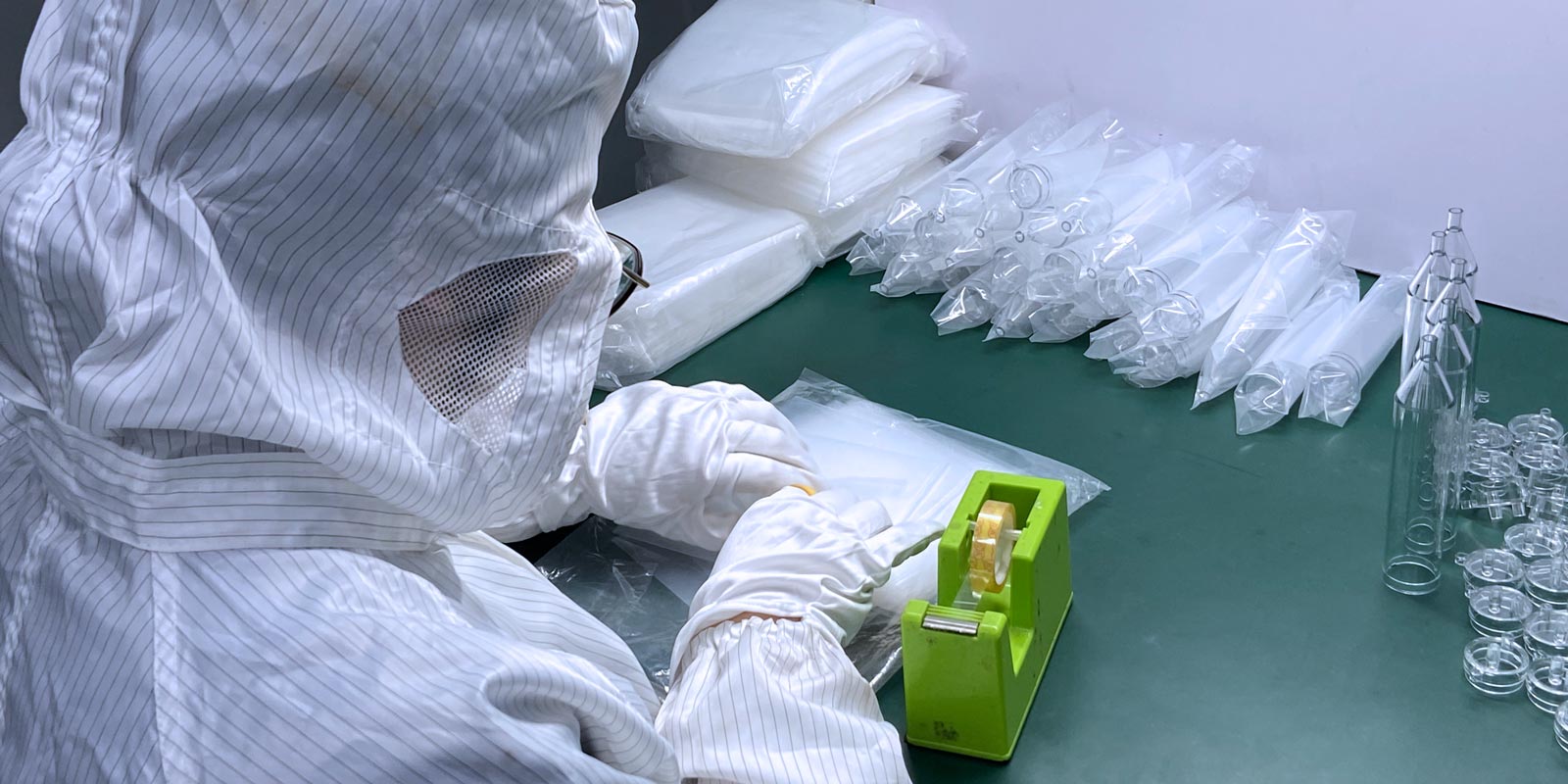
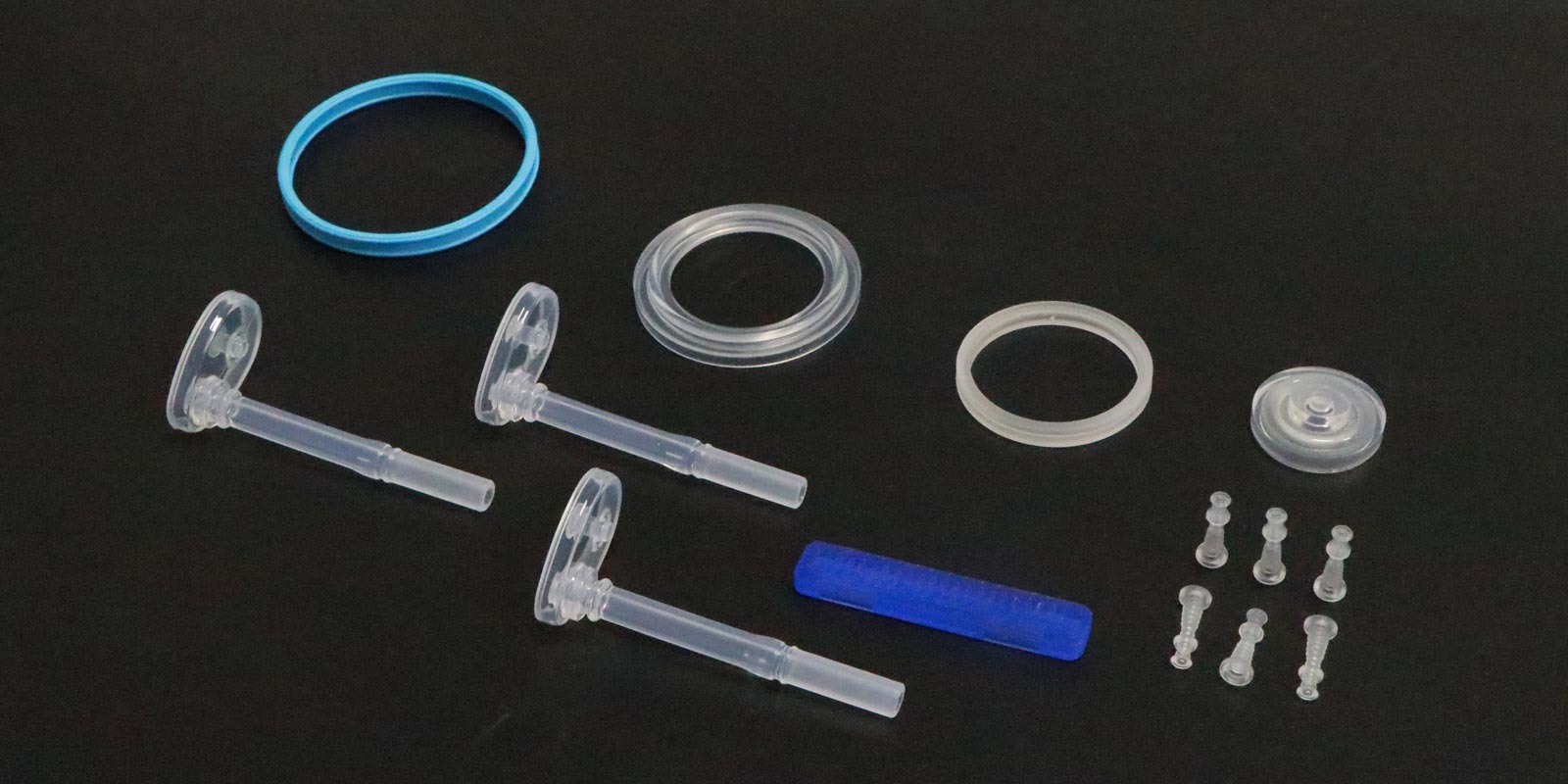











 Home
Home
